|
Last week we introduced you to the first three of the 7 Par Breaking Habits with the focus on ruthlessly controlling your time on the range by extracting the highest possible quality from each minute you spend developing your golf skills. We then segmented the time we allocated to practice and focused our attention on improving the weakest-most important skills that we call your "high pay-off" skills. This week we continue with par breaking habits 4 to 7 where we focus on benchmarking your golf skills, loading and unloading phases in developing your golf stroke techniques, your sphere of influence and the master skill of great golfers; score well when you don't play well. So let's get into it and see whether you are developing these very important par breaking habits in your game. 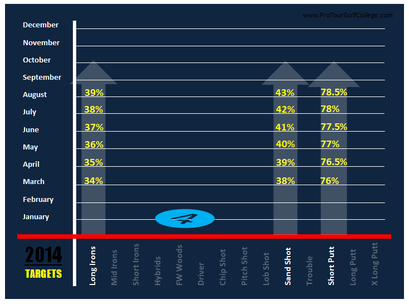 Click on the image to make it larger Click on the image to make it larger Your Par Breaking Habit Number 4. Benchmark Your Golf Skills You need to establish benchmarks to help you stay focused on the long-term improvement of your weakest-most important skill/s, and you can do this by setting performance targets across a time spectrum of 3, 6, 9 or 12 months. Benchmarks are simply performance targets that you establish with your different golf skills to help you to drive your performance averages upwards within a defined period of time. When improving any of your golf skills you need to plan for your improvement over a longer period, because it’s not just what you do in a week, but what you do with your practice over a period of months that counts. Why? Because as you get better at your skills your improvement curve flattens out so it is likely that with skills like short putts from 5 to 7 feet that you won't notice much if any improvement over a period of a few weeks of practice. For example let’s say that in February you assessed and discovered that in your 5 to 7 foot putting assessment you scored 75 percent and you have decided that you want to improve your putting from this range over the next 6 months In the example above, every month you set yourself a half a percent target for improvement that would look like this;
The target you aim to achieve by the end of August is 78.5 percent or a 3.5 percent improvement from your first assessment date and in this example after 6 months of practice on the 5 to 7 foot putt your goal is to get close to or exceed your targeted benchmark. This benchmarking habit is the breakfast of golf champions and it should be yours as well. Establish realistic targets to aim at and work hard on your weakest-most important skills to drive your scores down so that breaking your par happens more often. 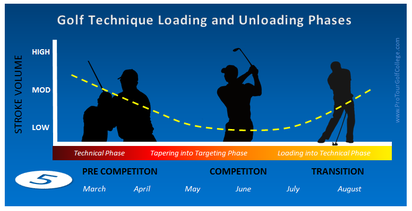 Click on the image to make it larger Click on the image to make it larger Your Par Breaking Habit Number 5. Plan Technique Improvements in the Off Season One of the most consistent bad habits we see golfers fall into is the trap of working on or making changes to their golf techniques whilst they are competing at golf tournaments. This is a recipe for disaster and nothing good can come from it.
Good shot-making whether in your short-game or long-game revolves around confidence, and confidence erodes quickly when you’re mentally in the wrong part of your brain trying to play golf shots. Thinking about how to hit a golf shot is not the same as being able to hit a golf shot and you need to make-sure that when it is tournament time you are in a targeting mode not a technical mode. Targeting mode is all about the way you want your golf ball to behave (high, low, straight, right to left or left to right), rather than the technical mode which is focused on how you actually perform the particular skill behavior. There’s a time for preparing and a time for performing and your knowledge of when to modify or improve your technique is critical habit to develop if you want to break your par more often. 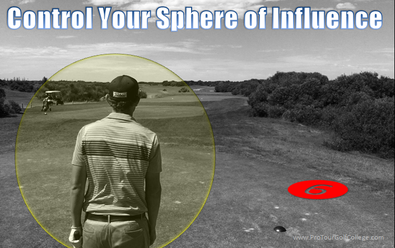 Your Par Breaking Habit Number 6. Control Your Air and Ground Space When you practice a shot just like when you play a shot you are required to go through a specific routine or set of steps that takes you from behind the ball through to a finish of your stroke at the side of the ball. Now during this routine you are performing a highly specific ritual that should never vary from one stroke to the next. You will hear this advice a lot when it comes to your routines and it makes good sense. But it’s easier said than done, because when you practice hitting golf shots on the golf course etiquette dictates that your fellow golfers respect your space by not moving whist you play a shot, and that they say nothing to you (or anyone else) during the stroke interval. However on the driving range or practice fairway there appears to be very little etiquette and one of the biggest challenges you face when practicing is distraction from those around you. You must control this situation. Remember the gold coins?... You need to be able to develop the habit of repeating your pre-shot routine over and over as precisely as you can until you achieve the stage of unconscious competence and this has to be done without any input from outside your sphere of influence. What is your sphere of influence? It is an imaginary protective space (like a bubble) you create around yourself from where you stand behind the ball to the finish of your stroke, and the way we want you to think about it is that you must take complete responsibility to control your space. This is a very important habit to develop because it is the one thing you will rely on the most when you have to hit shots in a clutch, or at critical times during a round of golf. Think of how all airports have controlled air space (and ground space) where certain aircraft and vehicles are forbidden to enter, now, think about your sphere of influence the very same way. Never invite other golfers (whether in your physical presence or via technology such as your smart phone) to think that they can invade your space whenever they feel like it. This is truly one of the worst habits to practice and yet we see it a lot. You create your sphere of influence and you protect it at all costs, and never allow someone to interrupt you whilst you execute your shot-making procedure with your full pre-shot routine. 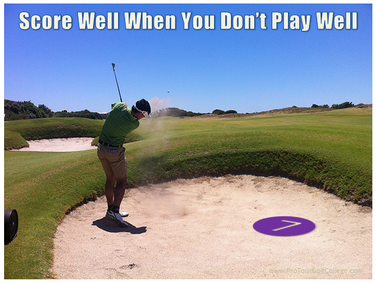 Your Par Breaking Habit Number 7. Score Well When You Don’t Play Well You know what one of the most common behaviors performed by golfers everywhere is? It’s beating yourself up over less than perfect golf shots, and this habit is a performance killer of the highest magnitude. Elite golfers whether amateur or professional know that golf is not a fair game at times, it’s mostly an unpredictable and fickle game where in one shot your ball can bounce favorably for you and in the very next you get the complete opposite. Oddly enough, even though you know that this is the nature of the game of golf, you can develop the unfortunate habit of trying to play 'perfect golf.' This is where you attempt to hit every golf shot without an ounce of error, which doesn’t make a lot of sense considering that as I've already described golf is such an unpredictable and fickle game. You don't have to play 'perfect golf' to shoot lower golf scores and break your par more often. So actually the habit you really need to develop is what we call the master habit of successful golfers; the ability to score well when you don’t play well. You need to practice the habit of getting on with the game and making a good score when your golf shot-making is off. This one habit separates those who can compete at the top level from those who can't. The top golfers can break their par even when they are not playing their best because they know that the score is always more important than the quality of their shot-making. Think about this carefully for a moment;
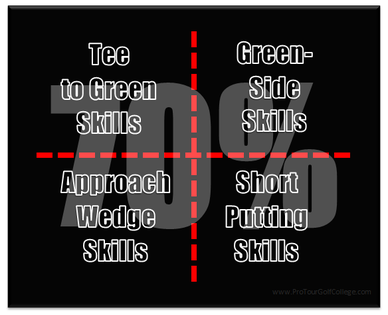 The real habit here is to train your high pay-off golf skills to a level where you are aiming at getting close to or in-fact exceeding 70 percent in the following 4 high pay-off golf skill categories.
We call this model the 70 percent golfer, and your goal is to get these high pay-off scoring skills to the 70 percent or higher standard. Top golfers all perform at way less than perfect most of the time, however they simply work their golf skills around these shot-making challenges and do the best they can to score low. This is why you need to identify, isolate and improve your weakest-most important golf skills because in this game you simply won’t learn how to break your par on a reasonably regular basis if you don’t develop and improve you high pay-off skills that help you to develop the score-well-when-you-don’t-play-well habit. The Last Word… Golf is simply a game of habits (good or bad) and the habits you need to continuously develop to break your par often are habits built around managing the time you spend working on the weakest-most important skills of your game with complete control over distraction. Distraction is the biggest habit killer of ambitious and skilled golfers and you should avoid practicing around anyone who doesn’t respect your practice time and space because you need to concentrate on performing your par breaking routines as per your practice plan to the best of your ability every time.
Our Next Semester Starts October 5th for 10 Weeks
|
Archives
June 2019
|
Proudly Supported By
Copyright © 2011 - 2018 Pro Tour Golf College
Website Managed By Golf Performance Media
All Rights Reserved
Website Managed By Golf Performance Media
All Rights Reserved

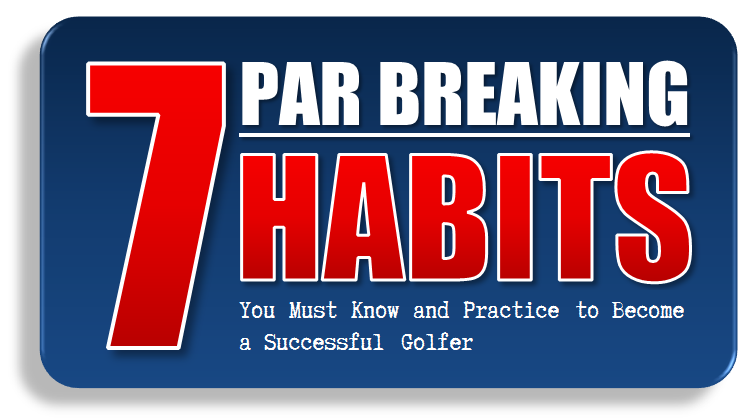



 RSS Feed
RSS Feed



